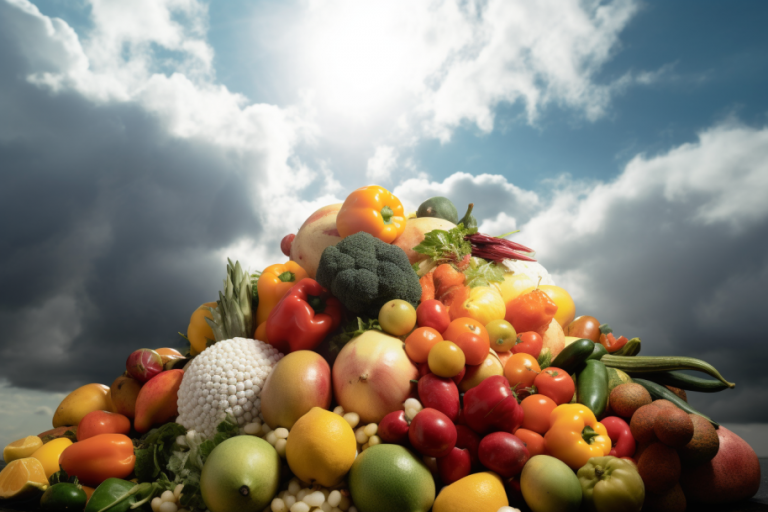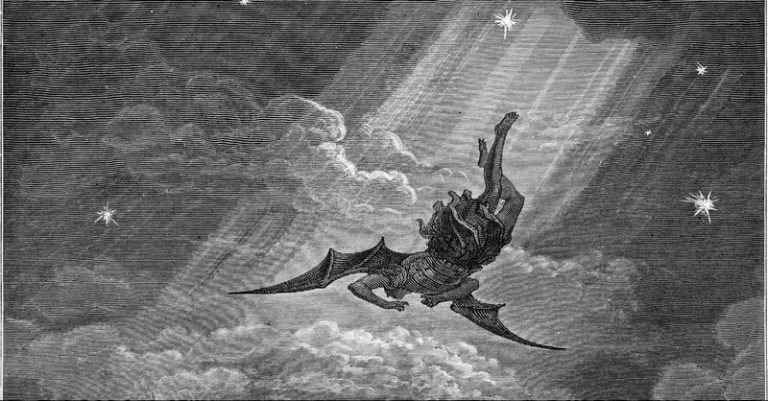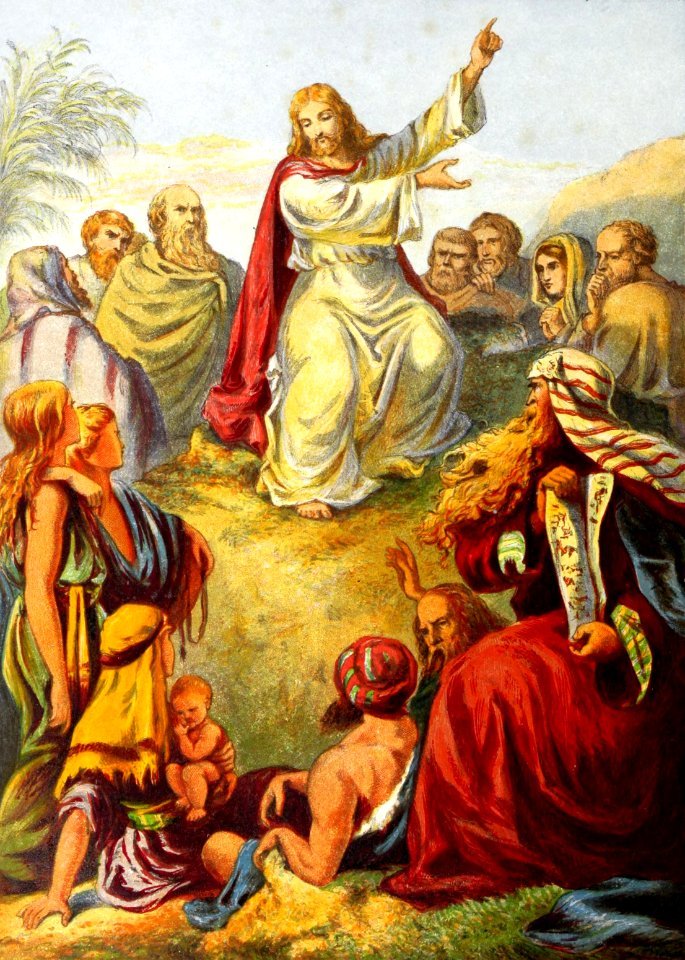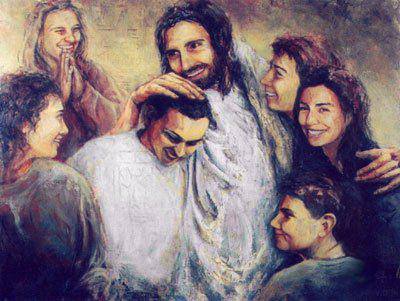Why is Christmas in December?
As the saying goes, ‘time flies when you’re having fun,’ and it’s hard to believe Christmas is just around the corner again.
It’s that magical time of year when we gather with loved ones, exchange gifts, and indulge in festive treats.
But have you ever stopped to wonder why we celebrate this joyful holiday in December? Is it simply a coincidence, or is there a deeper meaning behind it?
You’re not alone if you’ve pondered this question before.
Many people are curious about the origins of Christmas and why it falls on December 25.
In this article, we’ll delve into the history of this widely celebrated holiday and explore the factors that led to its establishment in the last month of the year.
So grab your favorite holiday beverage, cozy up by the fireplace, and join us as we unwrap the mystery behind Christmas in December.

Early Christian Traditions And Celebrations
Early Christian traditions played a significant role in determining the date for celebrating Christmas on December 25.
The history of Christmas can be traced back to the 4th century when Christians began commemorating Jesus’ birth, although there has been no concrete evidence pointing to the exact day of his birth.
Various factors, including existing pagan celebrations and Roman festivals influenced the decision to celebrate Christmas in December.
It’s important to note that before Christianity became widespread, many cultures already had established winter solstice celebrations.
These pagan festivities were deeply ingrained in society, and as Christianity spread, it sought ways to integrate itself into these existing customs.
This mixing of traditions led to the early Christians setting Christmas on December 25 as a way to connect with the rest of the world while still staying true to their beliefs.
As we delve deeper into the influence of pagan festivals on Christmas, we’ll see how this connection shaped various aspects of modern-day holiday celebrations.
Influence Of Pagan Festivals
Some might argue that Christmas in December is coincidental and has no connection to pagan festivals. However, the influence of pagan festivals on the choice of this date cannot be ignored.
During the time when Christianity was growing, many people used the Roman calendar. Around the time of the winter solstice, there were several important celebrations. These celebrations were deeply rooted in many cultures, and the early Christians likely chose December 25 as a way to combine their religious observance with already-established traditions.
Indeed, one such festival that bears similarities to Christmas celebrations is Saturnalia, an ancient Roman holiday honoring Saturn, the god of agriculture. This event occurred around December 17th-23rd and involved feasting, gift-giving, and merrymaking – all elements reminiscent of modern Christmas traditions.
Additionally, Mithraism, another popular religion during this period, celebrated the birth of their sun god Mithras on – you guessed it – December 25. By aligning their celebration with these well-established customs, early Christians could more easily incorporate their message into familiar practices while gaining acceptance among diverse populations.
As we delve further into this topic, let’s explore how the Roman Empire played a pivotal role in shaping our understanding of Christmas.
The Roman Empire’s Role
The Roman Empire played a significant role in establishing December as the month for celebrating Christmas. One of the main reasons is the connection between the birth of Jesus and the Roman festival of Saturnalia, which was observed from December 17 to 23rd. This week-long celebration was marked by feasting, gift-giving, and overall merrymaking to honor the god Saturn.
Additionally, December 25 was chosen as it coincided with another popular pagan holiday, that of Sol Invictus – the unconquered sun. Sol Invictus was introduced by Emperor Aurelian in 274 AD and celebrated the victory of light over darkness during the winter solstice. The choice of December 25 had several advantages:
- It allowed early Christians to celebrate their faith without arousing suspicion from authorities or facing persecution since they could blend their celebrations with existing popular pagan festivals.
- The symbolism of light overcoming darkness resonated with Christians who viewed Jesus as ‘the light of the world.’
- By associating Christmas with popular pagan holidays, it made it easier for people to convert to Christianity while maintaining some familiar traditions.
Over time, December became the month when most people celebrated Christmas. This is because Christianity helped spread throughout the Roman Empire by using parts of local cultures and beliefs. As we learn more about how December 25 became the official day to celebrate Christmas, we’ll look at other factors that have helped keep this tradition alive in different places and over time.
Establishing December 25 As The Official Date
The early bird catches the worm when it comes to establishing December 25 as the official date for Christmas in December.
The choice of this specific date can be traced back to early Christians and Christian tradition.
One argument for this timing is that it coincides with the Roman festival of Saturnalia, which was a time of feasting, gift-giving, and general merrymaking.
By picking December 25, Christians could mix their own celebration with existing pagan customs, which would make it more appealing to people who were not already Christians.
Another explanation is that early Christians believed Jesus was conceived on March 25 – the same day as his crucifixion – and thus, his birth would fall nine months later on December 25.
No matter the exact reason for picking this date, it has become a central part of Christian tradition and an important part of how Christmas is celebrated today.
This leads us to explore this beloved holiday’s global adoption and modern celebrations.
Global Adoption And Modern Celebrations
The global adoption of Christmas on December 25 can be attributed to a variety of factors. One of the most important reasons is that the Roman Empire had a festival called Saturnalia around the same time. This festival was marked by feasting, gift-giving, and a temporary suspension of social norms.
As Christianity started to spread throughout the empire, it is thought that early Christians planned to celebrate Christ’s birth on the same day as this already-existing pagan holiday to make it easier for people to convert and become Christians. Additionally, December 21 marks the winter solstice in the Northern Hemisphere. It has historically been an important date for numerous cultures due to its association with the return of longer days and increased sunlight.
Modern Christmas celebrations vary significantly across different regions and cultures; however, some common elements include:
- Decorating homes and public spaces with festive lights, ornaments, and greenery.
- Exchanging gifts among family members and friends as a gesture of love and goodwill.
- Participating in religious services or customs that honor the birth of Jesus Christ.
From its early Christian roots, Christmas has changed a lot over the years to become a major global event that crosses national borders and religious lines. Today, people worldwide celebrate Christmas on December 25 by engaging in diverse traditions that reflect their unique cultural backgrounds while fostering connections between communities through shared practices such as feasting, singing carols, and displaying festive decorations.
As such, Christmas serves not only as an opportunity for individuals to express their faith but also as a powerful reminder of our shared humanity and capacity for joy during even the darkest times.
Frequently Asked Questions
What Is The Significance Of The Christmas Tree, And When Did It Become A Part Of Christmas Celebrations?
The significance of the Christmas tree lies in its symbolism and history, which dates back to ancient pagan traditions.
The evergreen tree symbolizes eternal life and rebirth, as it remains green throughout the harsh winter months when other trees are bare.
It became a part of Christmas celebrations around the 16th century in Germany when Christians began to bring decorated trees into their homes.
This tradition spread across Europe and eventually to America, which has become an integral part of the holiday season.
Today, the Christmas tree serves as a festive decoration and a reminder of hope and renewal during this special time of year.
How Did The Tradition Of Exchanging Gifts During Christmas Evolve?
Ironically, the tradition of exchanging gifts during Christmas has become so ingrained in modern society that many people might forget its humble origins.
The practice of gift-giving during Christmas evolved from the ancient Roman festival of Saturnalia, which involved exchanging small tokens or presents.
This custom was later incorporated into early Christian celebrations to honor Jesus Christ’s birth and the gifts the three wise men brought.
Over time, gift-giving expanded to include family and friends to express goodwill and strengthen bonds during this festive season.
So while today’s consumer-driven holiday may seem far removed from its historical roots, the essence of spreading joy through gifts remains at the heart of Christmas celebrations.
Are There Any Other Major Religious Or Cultural Events That Coincide With Christmas In December?
Several major religious and cultural events coincide with Christmas in December.
Some of these include Hanukkah, a Jewish holiday commemorating the rededication of the Holy Temple in Jerusalem, which usually falls in December; Kwanzaa, an African American and pan-African week-long celebration of family, community, and culture that runs from December 26 to January 1; Saturnalia, an ancient Roman festival honoring the god Saturn held between December 17-23; and Winter Solstice or Yule, which is observed by many cultures as the shortest day and longest night of the year, typically occurring around December 21.
These celebrations often share themes of light, hope, and renewal during the darkest time of the year.
How Have Christmas Customs And Traditions Evolved Over The Years In Various Countries And Cultures?
Over the years, Christmas customs and traditions have evolved significantly across various countries and cultures. These changes can be attributed to cultural exchanges, religious influences, and commercialization.
For instance, the tradition of decorating Christmas trees originated in Germany and eventually spread to other parts of the world due to its popularity. Similarly, Santa Claus has roots in various figures such as Saint Nicholas from Turkey, Sinterklaas from the Netherlands, and Britain’s Father Christmas – all of which have merged into the modern-day figure known for bringing gifts during the holiday season.
Additionally, countries like Australia and New Zealand have adapted their celebrations to accommodate their summer climate by incorporating outdoor activities like barbecues and picnics. As a result of these diverse influences and adaptations, Christmas customs continue to evolve while reflecting unique aspects of each culture that embraces them.
What Role Does Santa Claus Play In The Celebration Of Christmas, And How Did This Character Originate?
Like a cherry on top of a festive sundae, Santa Claus plays a significant role in the celebration of Christmas, bringing joy and excitement to children and adults alike.
This iconic character originated from the legend of St. Nicholas, a generous 4th-century Greek bishop known for his secret gift-giving, which inspired the Dutch figure Sinterklaas.
Over time, these legends were combined with various cultural influences and eventually evolved into the jolly, red-suited figure we know today as Santa Claus.
He is widely recognized for delivering presents to children worldwide on Christmas Eve while riding his sleigh pulled by reindeer – an enduring symbol of holiday magic and cheer.
Conclusion
In conclusion, Christmas in December brings warmth and joy to our hearts as we gather together with loved ones to celebrate age-old customs and traditions.
The twinkling lights of the Christmas tree, the excitement of exchanging gifts, and the enchanting tales of Santa Claus are all interwoven into our collective memories, creating a magical tapestry that unites us during this special time of year.
As we revel in the festive season, let us not forget that Christmas is also a time when cultures around the world come together through various religious and cultural events.
By embracing these diverse celebrations, we strengthen the bonds between us and make our world a more harmonious place.
In essence, Christmas is a beautiful reminder that love, kindness, and goodwill transcend boundaries and bring us closer together.

Sangtea Hmar is a passionate leader of the Youth Christian Fellowship at the Electric Vengthlang Presbyterian Church in Aizawl, Mizoram, India. He is the owner of Christiantone.com and is committed to spreading the word of God. He loves to mentor youth and help them grow in their faith.






